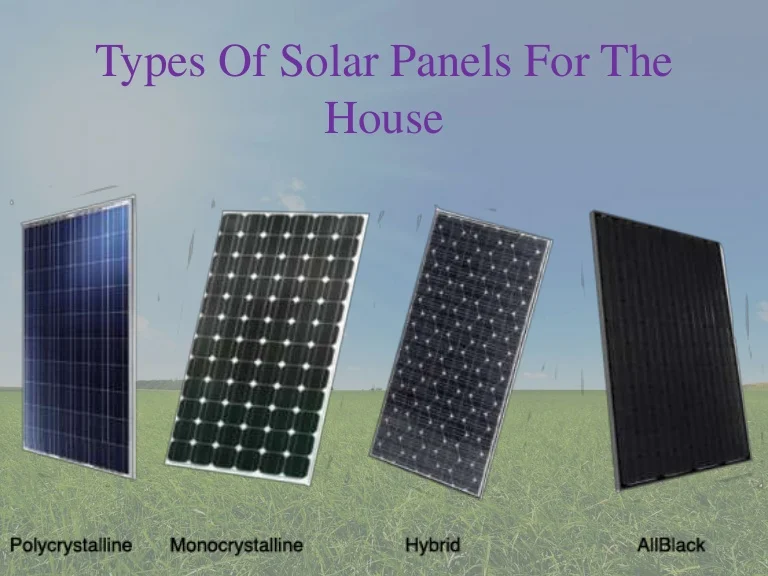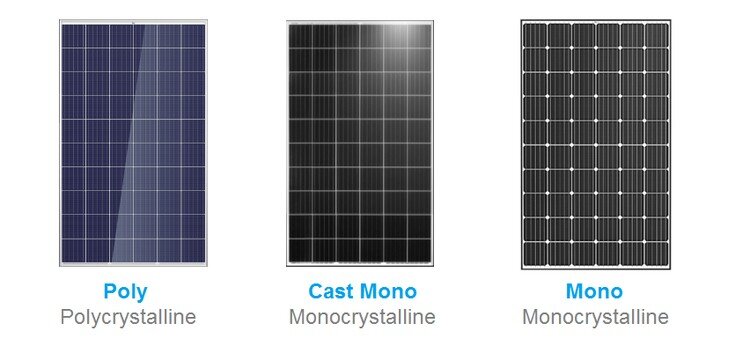Getting My Solar Systems To Work
Wiki Article
A Biased View of Solar Systems
Table of ContentsThe Single Strategy To Use For Solar Systems3 Easy Facts About Solar Systems ShownSolar Systems for BeginnersThe Solar Systems PDFs
There are 3 different sorts of photovoltaic panels: monocrystalline, polycrystalline, as well as thin movie. Monocrystalline photovoltaic panels are very efficient as well as have a sleek design, but come at a greater cost point than various other photovoltaic panels. Polycrystalline solar panels are more affordable than monocrystalline panels, nonetheless, they are less effective as well as aren't as aesthetically pleasing.Nowadays, there are numerous ranges of monocrystalline solar panels on the marketplace to pick from. Passivated Emitter as well as Back Get in touch with cells, even more generally described as PERC cells, are coming to be a progressively preferred monocrystalline alternative. PERC cells go via a various production and setting up procedure that enhances the quantity of power the cells can generate.
Since monocrystalline solar batteries are made of a solitary crystal of silicon, electrons are able to quickly stream throughout the cell, increasing total efficiency. Not only do monocrystalline panels have the highest effectiveness ratings, they typically likewise have the highest power capacity rankings, as well. Most monocrystalline panels on the market today will certainly have a power outcome rating of at least 320 watts, however can increase to around 375 watts or greater!.
Due to the fact that polycrystalline cells contain several silicon cells, the electrons can stagnate as conveniently and also consequently, reduce the performance of the panel. The reduced efficiency of polycrystalline panels likewise implies they tend to have a lower power outcome than monocrystalline panels, usually varying in between 240 watts and also 300 watts.
Some Ideas on Solar Systems You Should Know
4% performance With slim film cell models. In order to satisfy your energy needs, you would need to mount even more thin film panels over a huge area to generate the same amount of electrical energy as crystalline silicon solar panels. This is why slim film solar panels don't really make good sense for residential setups where space is limited.The temperature coefficient informs you exactly how much the power result will decrease by for every 1 * C over 25 * C the panel gets. The typical temperature coefficient for mono and polycrystalline panels generally drops someplace in between -0. 3% and also -0. 5% per * C. Thin movie panels on the other hand, are around -0.
With some thin movie panels, it's hard to even see the private cells within the panel. They additionally often tend to click now have much less wiring as well as busbars, meaning there's less white room. Nevertheless, because they are so ineffective, you would certainly need to cover your whole roof covering in slim film panels - which may or might not be your design.

Some makers have actually worked around this with black packing or forming the cells differently, but these visual changes can impact both the cost and also efficiency of the panels. Generally, monocrystalline panels still look sleek, however they're a bit more noticable than thin movie panels. solar Home Page systems. The procedure in which polycrystalline solar batteries are made causes the cells to have a blue, marbled appearance.
The Single Strategy To Use For Solar Systems
If you're on a limited budget, polycrystalline panels may make even more sense for you. We do not advise thin movie solar panels for household setups - their efficiency as well as longevity do not make the inexpensive worth it, and also it's not likely you'll have virtually enough area to mount the number of thin film panels you would certainly require to cover your household electrical energy usage.Given that they are made from pure silicon, they can be conveniently recognized by their dark black shade. Using pure silicon likewise makes monocrystalline panels the most space-efficient and also longest-lasting amongst all 3 solar panel types. However, this comes at an expense a great deal of silicon is thrown away to produce one monocrystalline cell, sometimes getting to over 50%.

Amorphous silicon panels (A-Si) acquire their name from their unformed nature. Unlike mono-and polycrystalline solar cells, the silicon is not structured on the molecular degree.
The Best Guide To Solar Systems
$0. 32-$0. 65 $1 $1. 50 $0. 70 $1 $0. 60 $0. 70 $0. 50 $0. 60 $0. 43 $0. 50 Note that these numbers do not include the cost of setup and also labor. With labor and also various other overhead elements, the total amount can increase to $2. 50 to $3. the original source 50 per watt.
This suggests that thin-film panels can be a good alternative for hotter settings or locations that experience even more sunlight throughout the year. The upgraded International Building regulations of 2012 needs photovoltaic panels to match the fire score of the roofing where they are mounted. This is to make certain that the components do not accelerate the spread of flames in case of a fire.
Report this wiki page